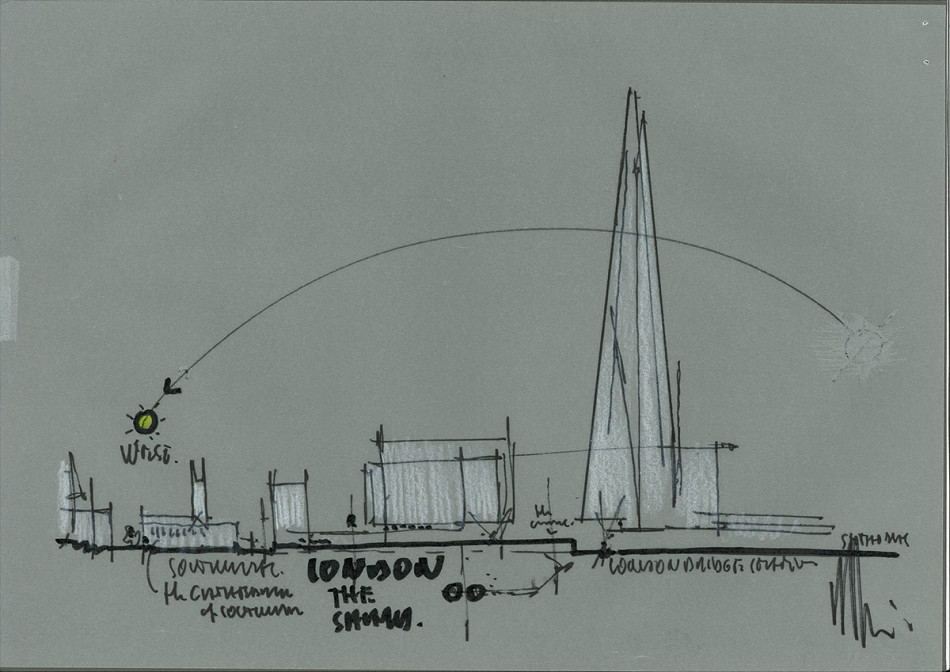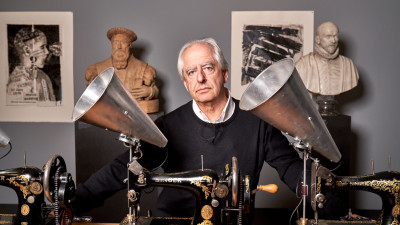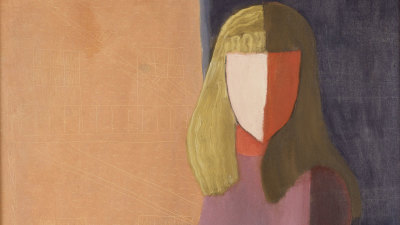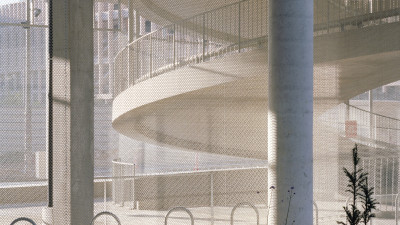Renzo Piano: 8 buildings to know
Renzo Piano: 8 buildings to know
By Laura Mark
Published 12 September 2018
With an RA exhibition profiling the work of Renzo Piano, we introduce eight of the architect’s landmark projects, from New York’s Whitney Museum to London’s iconic Shard.
-
Over the past 50 years the buildings of Renzo Piano Hon RA have made an extraordinary contribution to architecture, displaying a mastery of craft alongside an appreciation of technology and technique. With the RA showing a major survey of his practice, here are eight of Piano’s key works, which feature in the exhibition.
1. The Shard, London (2012)
For Londoners, the Shard is one of Piano’s most recognisable buildings. Reaching up 72 storeys above London Bridge, the mixed-use tower has been designed in response to its uses – with larger floor plates at the bottom for offices, restaurants and hotel in the centre, and private apartments and a viewing gallery to the top of the building where its form is narrowest.
It gets its name from the eight sloping glass “shards” which make up the building’s façade. The extra-white glass used gives the building a lightness and reflects the changing sky around it.
The building is an example of how a project can be a catalyst for change. Since the tower’s completion the redevelopment of London Bridge Station has recently opened, along with further regeneration in the area that continues to take place.
-

Renzo Piano, Sketch of the Shard, London, 2012.
© RPBW.
-
2. Centre Georges Pompidou, Paris (1977)
Piano and Richard Rogers RA were relatively unknown when in 1971, they saw off competition from 680 other architectural teams to win the high-profile job to design Paris’ new contemporary arts centre. The project – which was contentious at its opening in 1977 – has gone on to become one of the world’s most significant and loved modern buildings.
The designs had originally been much more radical – featuring moving floors and giant electronic billboards – but after budgets were cut and fire regulations came into play many of these original ideas were lost. But the main concept - for a building which would be flexible with exterior elements that could be detached and replaced through its lifespan – still remains today. Containing gallery space alongside a library, a research centre, auditorium and cinemas, the Pompidou Centre sits within a large and vibrant public space. Famed for its inside-out approach and resulting brightly coloured facade, the centre has become a Parisian landmark.
-

Centre Georges Pompidou, Paris, 1971–77
Photo Charles Leonard/Shutterstock.
-
3. Whitney Museum of American Art, New York (2015)
Sat between the Hudson River and New York’s High Line, Piano’s Whitney Museum of American Art was designed to bring the gallery, which had been scattered in various buildings after outgrowing its Marcel Breuer-designed Madison Avenue home, back together on one site.
More than 6,000m2 of gallery space is spread over nine floors while terraces cascade down the outside of the building, giving views out over the High Line and creating outdoor sculpture terraces.
Resembling a stack of blocks, the building responds to the industrial nature of the Meatpacking District where it sits, and at ground level a large cantilevered entrance transforms the area outside the building into a public space.
-

Renzo Piano Building Workshop, Whitney Museum of American Art, New York, 2015
© RPBW. Photography: Nic Lehoux
-
4. The Menil Collection, Houston (1987)
Piano’s first building in the USA houses the art collection of Dominique and John de Menil. Alongside spaces designed to house their collection of ancient, African and surrealist modern art, the building also includes a picture frame workshop, a studio for restoration and study, and a winter garden.
The museum’s scale is domestic in proportion, reflecting the surrounding bungalows and it allows all art to be viewed in natural daylight though the development of ferro-cement louvres which sit beneath the glazed roof. In 1992 Piano returned to the project to build a separate pavilion dedicated to the work of Cy Twombly.
5. Jean-Marie Tjibaou Cultural Centre, Noumea (1998)
This project in Noumea - the capital of the Pacific Island cluster of New Caledonia – was conceived to recognise and celebrate Kanak culture. One of the main focuses was to combine the Kanak people’s building skills and deep ties with nature, with the use of modern materials such as glass, stone, aluminium and steel. Using traditional Kanak chiefs’ houses as inspiration, Piano created a monumental sequence of 10 shells which stretch out along the hillside varying in height from 20 – 30m. Connected by a footpath which creates a procession-like sequence, each hut serves a different function – from housing exhibition spaces and research areas to studios for music, dance painting and sculpture.
6. Jérôme Seydoux Pathé Foundation, Paris (2014)
Dedicated to the promotion of cinematography, Piano’s headquarters for the Jérôme Seydoux Pathé Foundation, house the foundation’s offices and archives alongside exhibition spaces and a 70-seat screening room.
Nestled within an urban block in the centre of Paris, the building sits on the site of a mid-19th century theatre which was transformed into one of Paris’ first cinemas in the mid-1900s. While two buildings on the site were demolished, the facade on the Avenue des Gobelins, which features sculptures by Auguste Rodin, was restored and preserved. Behind it a new curved transparent building appears to float above the courtyard.
-

Renzo Piano Building Workshop, Jean-Marie Tjibaou Cultural Centre, Nouméa, 1998.

Renzo Piano Building Workshop, The Menil Collection, Houston, 1982–86.

Renzo Piano Building Workshop, Jérôme Seydoux Pathé Foundation, Paris, 2014.
-
7. California Academy of Sciences, San Francisco (2008)
When it was completed more than a decade ago, Piano’s California Academy of Sciences, signalled a significant development in sustainable architecture. Designed to be the greenest museum in the world, the building received LEED Platinum (the highest green standard in the US) and featured many elements which contributed to its eco-credentials.
The 37,000m2 project, which includes exhibition space, research spaces, an aquarium and a planetarium, is designed as if a piece of park has been lifted up out of the ground. Its living roof undulates into a series of domes marking out the various spaces beneath, and contributing to the natural movement of air through the building.
-

Renzo Piano Building Workshop, California Academy of Sciences, 2008.
© RPBW. Photography: Shunji Ishida.
-
8. Centro Botin, Santander (2017)
Located in the Spanish city of Santander, the Centro Botín is a space for art, culture and education, and is Piano’s first building in Spain.
The 10,000m2 project is split across two D-shaped blocks joined by an elevated glass and steel walkway that cantilevers out over the sea. The building is clad in more than 280,000 round ceramic tiles which reflect the sunlight and the sea.
-

Renzo Piano Building Workshop, Centro Botín, 2017.
Photo © Enrico Cano.
-
Exhibition organised by the Royal Academy of Arts, London, in collaboration with Renzo Piano Building Workshop and the Fondazione Renzo Piano.
-
-

Explore more Renzo projects
Renzo Piano: The Art of Making Buildings
Designed and curated in close collaboration with Piano himself, join us for the first exhibition in London to put the spotlight on Piano in 30 years. Marvel at rarely seen drawings, models, photography, signature full-scale maquettes, and a new film and an imagined ‘Island’ – a specially designed sculptural installation bringing together nearly 100 of Piano’s projects.
-












